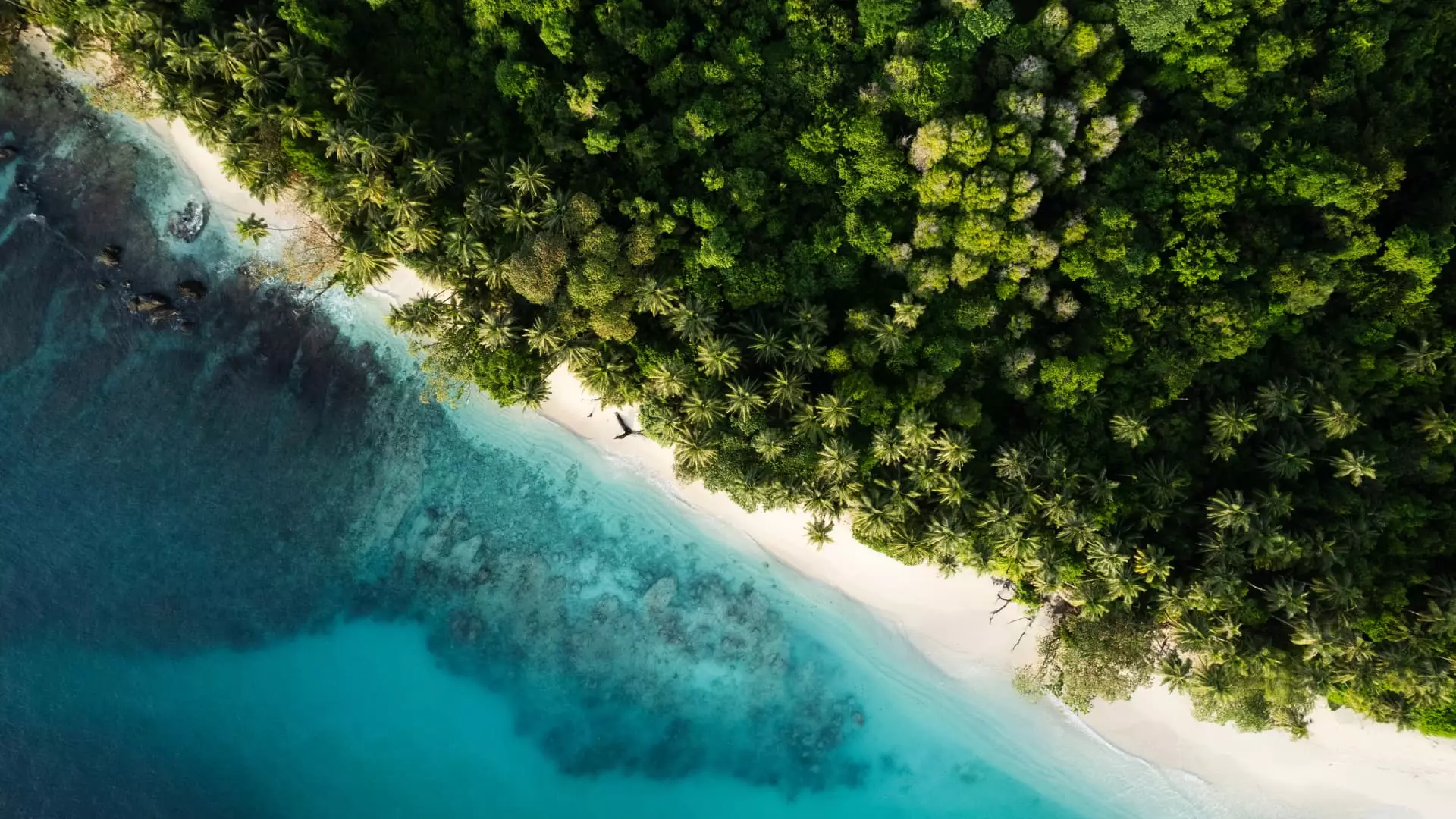Richard Kvech’s journey on Pinang Island began four years ago when he, along with three friends from the Czech Republic, stumbled upon a virtually untouched paradise. Their initial encounter with the island revealed only a decrepit bungalow once utilized by fishermen. This humble setting ignited their imaginations, as they envisioned transforming this 50-hectare Indonesian island off Sumatra’s western coast into a sanctuary for eco-tourism. It was Tomas Ouhel’s prior conservation work on the neighboring island of Bangkaru that introduced the group to Pinang, setting the stage for what was to come.
After a year steeped in discussions, negotiations, and brainstorming sessions with the island’s two families who held ownership, Kvech, Ouhel, and their companions—photographer Stephan Kotas and fertility clinic co-owner Martin Mrazek—signed a contract that would allow them to delve into the world of eco-tourism. Inspired by their commitment to sustainability, they planned to create an eco-resort that would harmonize with the island’s natural environment, while still providing a unique experience for visitors.
The task ahead demanded not just vision but also resourcefulness. Employing locally sourced materials, the group built their first guest bungalow and created sustainable water access through well digging. They opted for solar energy, illustrating their dedication to minimizing ecological footprints even in the early stages of development. Kvech reveals that every aspect of building was financed through their personal funds, a testament to their commitment.
As the eco-resort developed, the team constructed staff quarters, a communal beachfront area, and added several more guest bungalows to accommodate their eco-conscious clientele. The blend of comfort and environmental consciousness was remarkable; the main bungalows were fully equipped with bathrooms, while shared facilities promoted community and cooperation among guests. A significant component of this development included an organic septic system and a permaculture garden, revealing their intention to integrate sustainable living practices into their resort’s daily operations.
After two years of planning, growth, and nurturing their vision, the resort finally opened its doors to the public, attracting its first guests. Since then, Pinang Island has hosted around 100 visitors, evolving into a favored retreat for yoga enthusiasts and surfers alike. Kvech uses this opportunity to illustrate that the island has become a nurturing ground for diverse interests, embracing writers, artists, and various other individuals seeking inspiration in nature.
The cost of such an experience is set at $999 for eight guests, with additional fees for more. The pricing structure includes meals and various activities, creating an appealing package for eco-conscious travelers. However, Kvech cautions prospective visitors about the journey; accessing the island requires significant travel and transportation coordination, involving multiple flights and a long boat ride — a feat not for the faint-hearted.
The Unpredictable Sea: Navigating Safety Challenges
Tragedy struck in August 2023, when a boat heading to Pinang from Nias Island capsized during a storm, leaving seven individuals missing, including the local captain. This harrowing incident highlighted the need for enhanced marine safety and underscored the risky nature of travel in this area. Kvech and his team expressed their condolences and recognized the broader responsibility they hold in ensuring the safety of the community and their guests.
In the aftermath of the tragedy, the resort briefly closed to reassess safety protocols, but Kvech’s resilient spirit led them to invest in a fiberglass vessel equipped with cutting-edge safety features. They also formed the Fifan Foundation, honoring the missing captain and aiming to boost safety standards among local marine operators. This proactive approach not only prioritized passenger safety but also fostered community relationships within the broader Pulau Banyak area.
The Future of Pinang Island: A Niche Experience
Kvech’s ambition for Pinang Island is to preserve its intimate allure, a space that promotes connection with nature rather than large-scale tourism. He contemplates that scaling up operations to accommodate a higher volume of guests would collapse both logistical and ecological balance. Instead, the vision remains to provide a haven for individuals seeking solitude and a return to their natural roots.
The reality of island life is not without hardships, as Kvech candidly admits that it transcends a fairytale fantasy. His engagement with the local culture, along with the constant challenges of maintaining the eco-resort, reflects a commitment to authenticity. In doing so, the team hopes to create not just a destination but a transformative experience for those wishing to disconnect from modern chaos and reconnect with the natural world.
In a world increasingly disconnected from nature, Pinang Island serves as a reminder that paradise is achievable when driven by passion, purpose, and respect for the environment. Through dedication and careful stewardship, Kvech and his team continue to forge a path for eco-tourism that honors the land, its culture, and the communal spirit of sustainability.


Leave a Reply